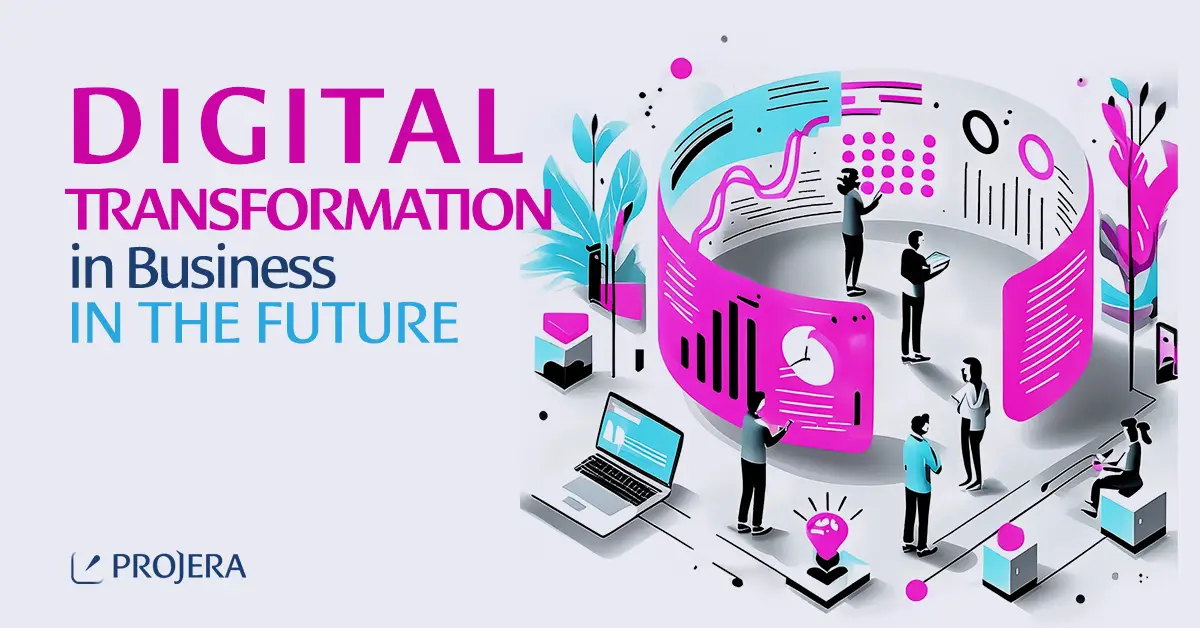
Journey from Whatsapp Messaging Platform to Communication Platform
WhatsApp is one of the most used messaging platforms worldwide, reaching 2.7 billion people monthly. It is the 8th most downloaded application worldwide. More than 50 million people use WhatsApp, which has exceeded the capacity to process 1 billion messages a day. The features that have been effective in bringing this platform to today include factors such as a simple and effective user interface, free communication option, constant innovation and updates, security plug-ins, multi-language support, social media sharing integrations and low mobile data usage. Launched in 2009, WhatsApp has adopted various methods to reach the end product market and optimize user experience. In addition to software development processes, let’s examine how the feedback of the market, technology and end-user experiences are reflected in the product, such as constantly integrating, versioning, returning and improving.

MMP(Minimum Marketable Product)
First released in 2009, WhatsApp included basic instant messaging features. Users could share text messages, images and videos. The main purpose of the product was to attract users in instant messaging and build the user base by offering basic features. This product, which also enabled mobile networks to get rid of their fee dependencies, increased its impact on future product launches as it was free and easily accessible.
MMF (Minimum Marketable Feature)
WhatsApp continued to create value for the user with its minimum marketable features, the goal was to enrich user experiences and increase competitive advantage. At this point, the basic features that enable a product to be introduced to the market, such as group chats, media sharing, and status updates, have been added to the product.
MVP (Minimum Viable Product)
In the MVP phase, the core functionality of the platform is further expanded and refined. It is aimed to provide users with a more comprehensive experience by further expanding the basic functionality and to offer a product that allows continuous improvement with incremental feedback with a minimum feature set while meeting customer needs. At this point, advanced features such as voice calls, video calls, and file sharing have been added to the features that increase functionality.
MMR (Minimum Marketable Release)
To be a successful technology application, it is important to quickly adapt to user demands and market dynamics. If WhatsApp had not been able to follow its development stages, if technology trends and user experiences had not been reflected in the product, it would have lost its competitive advantage, left its user base limited and even the product would not have gone further than a messaging platform.
While working for a company with more than 5000 stores and hundreds of thousands of products, as well as more than ten warehouses, it was requested that the existing ERP-based mobile application be redesigned and moved to a new interface and mobile application.
Lived Industry Experience
In this process carried out with the supplier company, the product was detailed in line with the determined scope and an agreement was reached for analysis and development based on the current situation. The Minimum Marketable Product (MMP) of the product focused on the basic features that could enable stock entry-exit transactions and inter-warehouse transfer. However, after using the first version, feedback was received that the amount on hand was not displayed correctly, affecting the user experience. Based on this feedback, fixes called Minimum Marketable Features (MMF) were added to the product.
While the product continued to be used with these updates, it evolved into new versions with Minimum Marketable Release (MMR) that included important elements such as security flows and role-based authorization restrictions. In order to add the counting function, which is the main purpose of the product, counting mobile screens were designed by skipping the Minimum Viable Product (MVP) stage and considering all elements such as warehouse, organization, store and product groups.
When mobile screens were put into use specifically for counting, a big problem arose. Since the designed screens were created with a holistic approach, the inventory count was calculated incorrectly and the quantities on hand could not be displayed correctly. Recommissioning the work to the desired scope was well above the budget and time frame set for the project. In this case, while the supplier initially designed the counting function within the scope, it could not deliver smaller groups in small pieces and pilot studies with the Minimum Viable Product (MVP) approach; did not receive corrective action notifications.
The problems in holistic delivery have become too big a problem to be tolerated in terms of the project, the budget and the time frame agreed with the supplier. As a result, the project failed.
What to Do for Continuous Development
Any product or service operating in the global or local market must adopt a phased strategy for a successful development process. This strategy enables continuous improvement of the product or service, rapid adaptation to changing market conditions and making effective decisions based on user feedback. Within the Phased Development Strategy, important developments such as starting with Minimum Viable Product (MVP), determining marketing strategies at the Minimum Marketable Product (MMP) stage, focusing on priority features with Minimum Marketable Feature (MMF), and continuous updates and competitive analysis with Minimum Marketable Release (MMR) There are stages. These stages represent critical steps for the product to reach its best.


